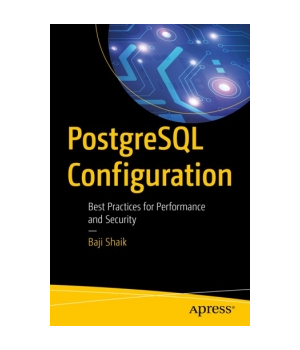

- CONFIGURE POSTGRESQL HOW TO
- CONFIGURE POSTGRESQL MAC OS
- CONFIGURE POSTGRESQL UPDATE
- CONFIGURE POSTGRESQL PASSWORD
Type \q, and then select the Enter key to close psql. Switch connections to the newly created guest database.

In the same Azure Cloud Shell terminal, create a database called guest. SSL connection (protocol: TLSv1.2, cipher: ECDHE-RSA-AES256-GCM-SHA384, bits: 256, compression: off) Type "help" to learn about Cloud -host=.com -port=5432 -dbname=postgres Here's how the experience looks in the Cloud Shell terminal: Requesting a Cloud Shell.Succeeded. Use the empty database postgres with admin user in this format: psql -host=.com -port=5432 -dbname=postgres Replace values with your actual server name and admin user login name. Run the following command in the Azure Cloud Shell terminal.
CONFIGURE POSTGRESQL UPDATE
Learn about the pricing and update the defaults if needed. Backup retention is set to 7 days with Geographically Redundant backup option. The default pricing tier is General Purpose with 4 vCores and 100 GB storage. The latest PostgreSQL major version, unless you have specific requirements otherwise. Select a location from the dropdown list.

It must contain 8 to 128 characters from three of the following categories: English uppercase letters, English lowercase letters, numbers (0 through 9), and non-alphanumeric characters (for example, !, $, #, %).
CONFIGURE POSTGRESQL PASSWORD
It can't start with pg_ and these values are not allowed: azure_superuser, azure_pg_admin, admin, administrator, root, guest, or public.Ī new password for the server admin user. Select Backup only if you were restoring from a geo-backup of an existing server.Įnter your server admin username. Select None to create a new server from scratch. The server can contain only lowercase letters, numbers, and the hyphen (-) character. The domain name is appended to the server name that you provide. So I made no modifications to this file.A new or an existing resource group from your subscription.Ī unique name that identifies your Azure Database for PostgreSQL server. AppendixĪpparently in the past it was required to edit this file:Ĭ:\Program Files\PostgreSQL\9.1\data\nf listen_addresses = '*'īut I found that it already included this line to listen for anyone.
CONFIGURE POSTGRESQL HOW TO
That leaves more time for thinking about how to use PostgreSQL. Hopefully this will save someone else the time of figuring out the steps in Windows. The same things can be done from the pgAdmin III utility if you’re inclined towards GUIs instead of the command line. Yes, you could run PostgreSQL on some other port… but why would you do that? Add a rule in the Windows Firewall to allow incoming connections on port 5432. In my case it was called “postgresql-圆4-9.1″.ģ. Open PostgreSQL up to the worldĬ:\Program Files\PostgreSQL\9.1\data\pg_hba.confĪdd this line to the end to that PostgreSQL will allow connections from absolutely any address with password authentication: host all all 0.0.0.0/0 md5Ģ. I wanted the exact instructions for Windows.Ĭonverting the instructions for PostgreSQL 8 on Linux to PostgreSQL 9 on Windows isn’t so hard… but I wanted to document it clearly once for myself and for anyone else facing a similar requirement.
CONFIGURE POSTGRESQL MAC OS
They assume Linux or Mac OS as the platform. I want anyone to be able to connect to postgres using a valid username, password, and IP address.īut these are not exactly what I wanted. I have no concerns whatsoever about security.

But this is a development server inside a corporate firewall. I want my PostgreSQL instance to accept remote connections.


 0 kommentar(er)
0 kommentar(er)
